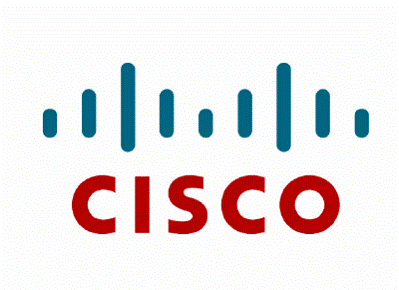 Cisco is helping cable operators get ready to finally end the wide speed disparity between upload and download speeds offered by most cable operators.
Cisco is helping cable operators get ready to finally end the wide speed disparity between upload and download speeds offered by most cable operators.
As cable operators continue to upgrade their cable systems to support DOCSIS 3.1 technology that makes it much easier to offer gigabit broadband speeds, Cisco is introducing the industry’s first “Full Duplex-Ready” GS7000 FDXi neighborhood node. It is an intelligent, remotely programmable piece of equipment that divides up broadband service to a number of households in a neighborhood. But unlike previous models, this one can offer customers the same upload and download speeds. Since the earliest days of cable modem technology, most bandwidth has been reserved for downloading, giving customers only a fraction of available speed for uploading content.
Cisco promises cable operators can provision its newest offering to deliver Full Duplex service in as little as two minutes. The equipment is expected to undergo field trials as early as this fall with sales widely expected to begin in early 2019.
Comcast reports it is already testing its own new network configuration combining Distributed Access Architecture with Full Duplex.
With remote surveillance cameras, video teleconferencing and virtual reality applications beginning to use significant amounts of upload bandwidth, cable operators expect an upswing in upstream traffic on their networks.
Comcast’s Robert Howald told attendees at a pre-SCTE Cable-Tec Expo event that the cable operator “wants to go symmetrical,” which means offering customers the same upload and download speeds. To manage this, Comcast needs to eliminate a large percentage of copper coaxial cable from its network and replace it with fiber, something the company has gradually been doing over the past few years. Comcast may be positioned to bring Full Duplex online earlier than many other cable operators because of its ongoing effort to push fiber optics closer to its customers.
Other cable operators, particularly smaller ones, may have a long way to go to be Full Duplex ready at high internet speeds. Some, like Altice’s Cablevision, have chosen to scrap traditional hybrid fiber-coax technology entirely, going all-fiber straight to the home. Other operators are hoping customers are not quite ready to demand identical upload and download speeds, and believe faster download speeds will satisfy customers for at least the next 5-10 years. If they are wrong, competitors offering fiber service could steal a lot of their business sooner than they think.


 Subscribe
Subscribe
Question is, which will happen first: symmetric gigabit from Spectrum or Grande over coax, or GFiber making it west of I-35 and north of downtown with gigabit of their own? I’m going to call it a toss-up, as FD looks like it’s going to be available sooner than I expected. Though massive plant reconfigs will be needed to support this I think. So I’ll bet we’ll see some intermediate steps before going fully symmetric. e.g. 10/1 or even 5/1 download/upload ratios (vs. 20/1 or more that’s currently going on in a lot of cases). With all that said, I’m betting… Read more »
I’m sure Charter is gearing up for this. Hopefully during the investor call on October 26th we will hear more about FDX. I know they completed Docsis 3.1 pretty much, with over 95 percent of the footprint done. I think the merger at this point is also nearing full completion as well, with some support websites still needing combination. I do expect them to be at pace with Comcast, maybe even Charter will surprise us given how they surprised us so far with there rates of upgrade thus far with 3.1. Can’t wait for future. No need for fiber if… Read more »
I wouldn’t go so far as to say “no need”. FTTH has lower latency and effectively zero jitter, and cable systems today are just now catching up to the speeds FTTH has offered for the past six-plus years. My guess is that the next upgrade Charter will do is switching their system to mid-split, and using the extra ~42 MHz of upstream for D3.1. That could get them to 100M up on their gigabit tier with no customer hardware upgrades, though I’m guessing it’ll be another year or two before we even see that, given that Charter/TWC seem to like… Read more »